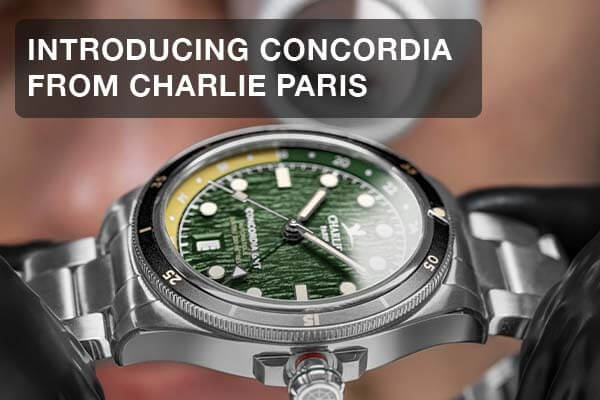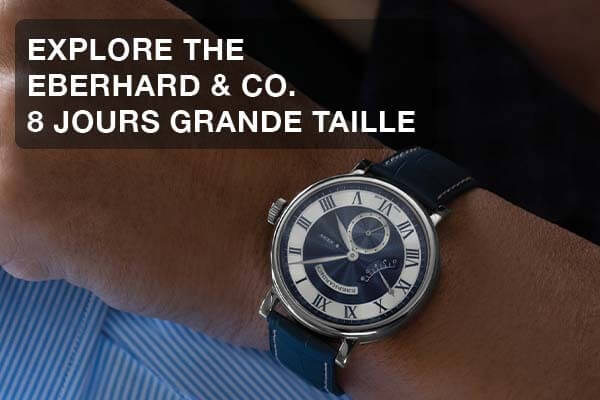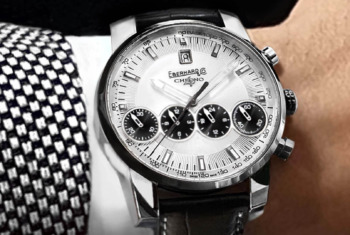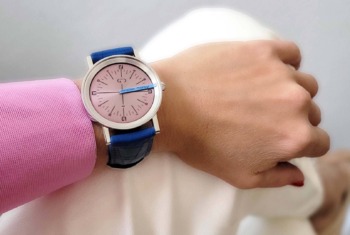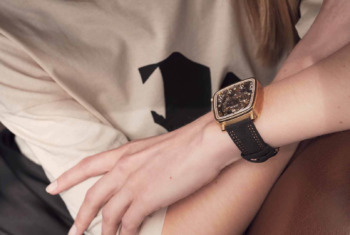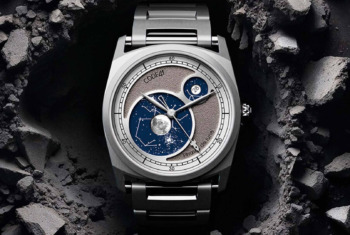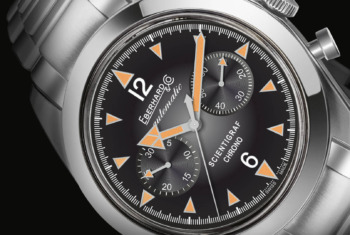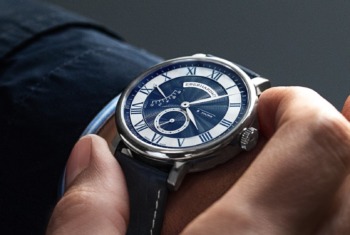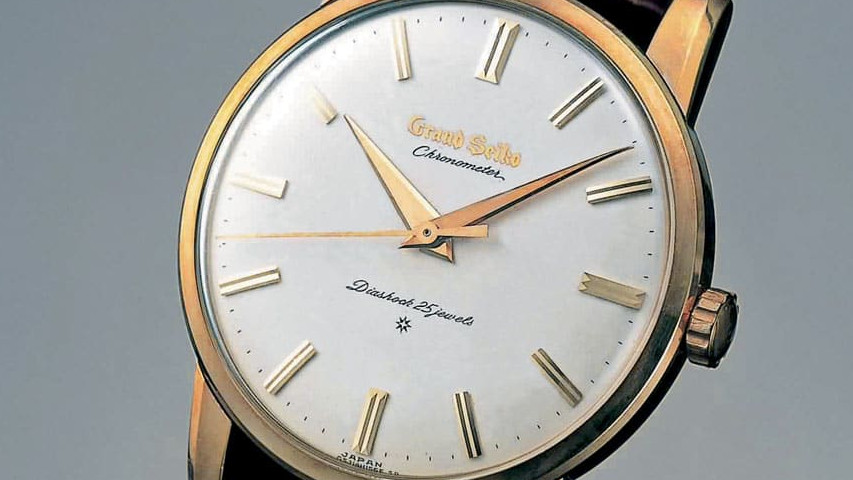
Grand Seiko watches from Japan are among the best you can get for your money. Behind the brand hide many exciting facts, and here we reveal five of the most interesting ones:
5) The first Grand Seiko was born in 1960
Suwa Seikosha, at that time still under the Seiko parent company, was responsible for the first Grand Seiko watch in 1960. The watch housed a caliber 3180 with a precision of +12 to -3 seconds per day, which was already a fairly solid performance. The first Swiss watch manufacturers, such as Blancpain or Vacheron Constantin, could already look back on a history of more than 200 years in 1960, but the bustling Japanese already knew where the journey would bring them: They were determined to make the best watches in the world.
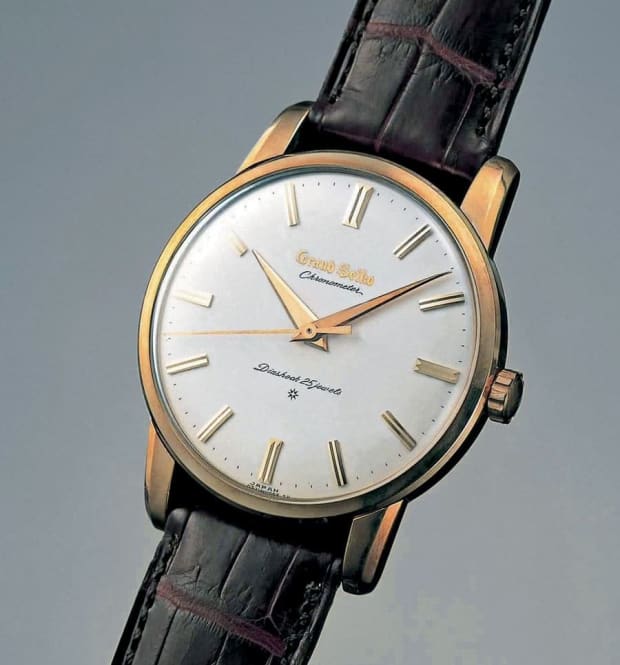
4) Competition from their own ranks stimulates business: Besides Grand Seiko there was King Seiko
The relevance of Suwa Seikosha, the company
behind the first Grand Seiko from 1960, continues into the second act. In order
to consolidate supremacy, another company entered the race for the best watch.
Only one year after the launch of Grand Seiko, King Seiko, a watch manufacturer
that had already appeared on the Japanese scene in 1961, promptly responded.
Produced by Daini Seikosha, the King Seiko watches were determined to be better
than their sister brand in all respects. In the course of this internal
rivalry, both companies participated in the research and manufacture of Hi-Beat
timepieces, maximum accuracy and precision being their underlying impetus.
In the end, however, King Seiko did not manage to stand up to big brother Grand
Seiko and was incorporated. Their watches, though, have been in continuous
demand among collectors.

3) Spring drive as one of the greatest horological inventions of our time
With Spring Drive, Grand Seiko had a major success. The innovative watch movement is the result of 28 years of research and development. Since 1977, well over 600 prototypes have been designed, rejected, further developed and perfected. The result is a hybrid movement that is 85% mechanical. It is driven by a conventional mainspring, like other mechanical watches, but in a second crucial step precisely regulated, using an oscillating quartz crystal. The result is outstanding precision and a beautifully smooth sweep of the second hand. Sugoi!

2) The Micro Artist Studios in the middle of the most beautiful postcard scenery in Shiojiri, Japan
There’s Grand Seiko, and then there’s Grand Seiko. While much of Grand Seiko is developed and produced either at Shizukuishi Studio in Iwate Prefecture or Shinshu Studio in Nagano Prefecture, since 2000 there has been another studio dedicated to the really big calibers (in the truest sense of the word): The Micro Artist Studios. Maestro Philippe Dufour himself had his fingers in the pie when it was established, providing valuable tips for the perfect finish. While a gentian plant had originally been brought from Switzerland for the beveling, an effective substitute has today been cultivated in Hokkaido. These days, the crème de la crème of Grand Seikos, such as the legendary Eichi watches or Spring Drive minute repeaters, come from the Micro Artist Studios.

1) Torque return system for unused energy
Torque what?
A power reserve of over 70 hours is not uncommon at Grand Seiko. However, if the so-called “Torque Return System” is added, a power reserve of 84 hours is possible. Just like with car chip tuning, you can now access power reserves which before had lain unusable. The secret behind this is a sophisticated technology which is also used in the Micro Artist Studios.
When the mainspring of a watch is fully wound and slowly but controllably discharges its energy to the gear train, there is always an excess of torque. In other words, the slowly discharging force of the spring is not optimally converted: Almost 30% of the energy being used doesn’t have any positive effect on the watch’s precision. The Torque Return System acts as a torque energy recovery system, directing this (previously forgone) energy to wind the mainspring again. Ingenious!



